GIVE NOW before 2025 ends—your gift will be doubled to help children in need. Click here to 2x your impact!

Ranked nationally in pediatric care.
Arkansas Children's provides right-sized care for your child. U.S. News & World Report has ranked Arkansas Children's in seven specialties for 2025-2026.
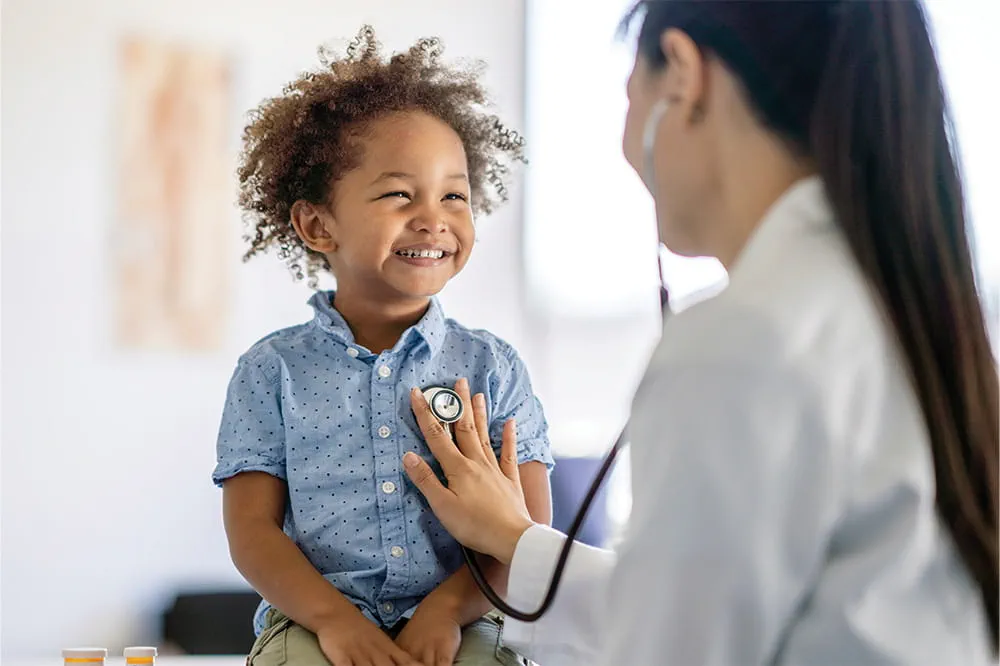
It's easier than ever to sign up for MyChart.
Sign up online to quickly and easily manage your child's medical information and connect with us whenever you need.
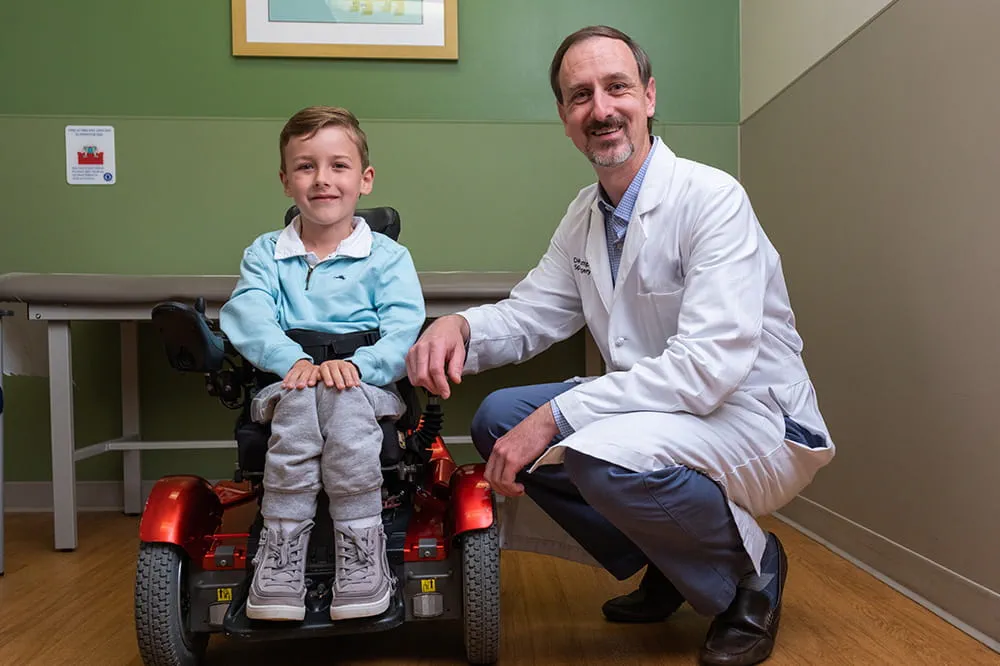
We're focused on improving child health through exceptional patient care, groundbreaking research, continuing education, and outreach and prevention.
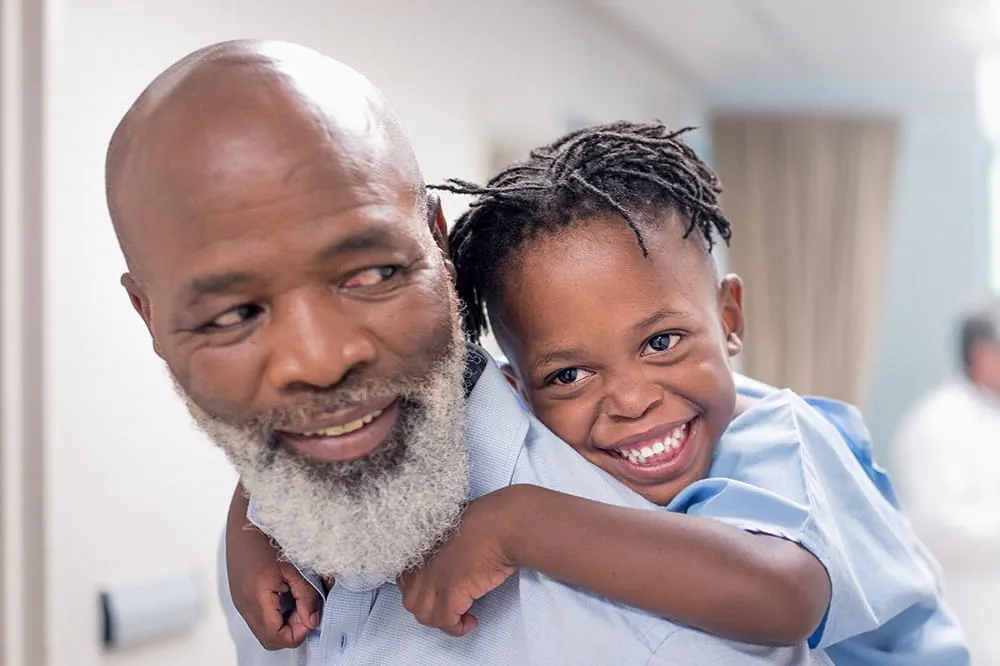
When it comes to your child, every emergency is a big deal.
Our ERs are staffed 24/7 with doctors, nurses and staff who know kids best – all trained to deliver right-sized care for your child in a safe environment.
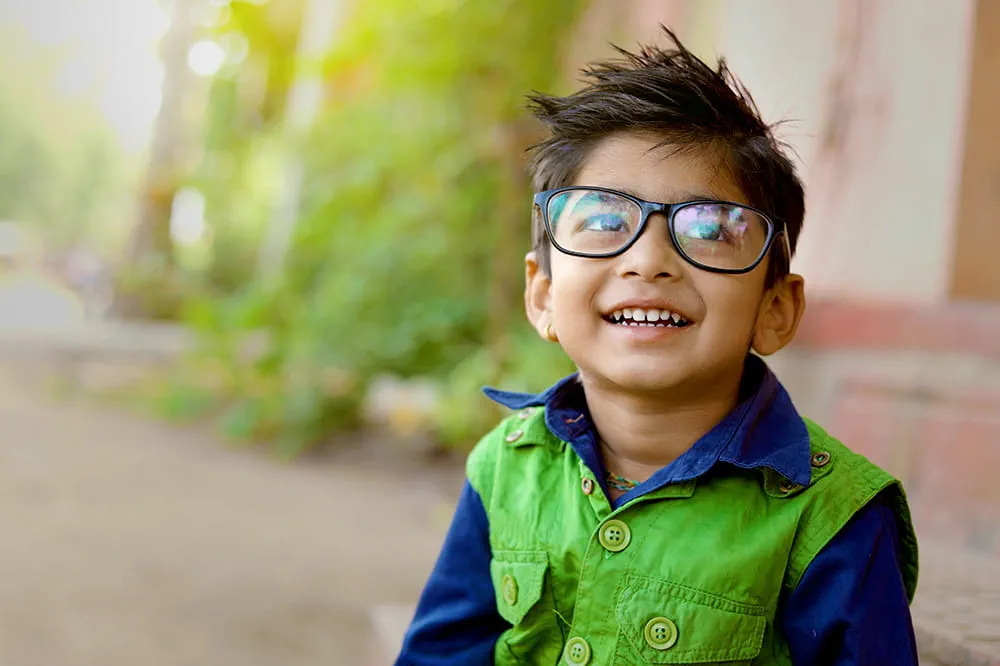
Arkansas Children's provides right-sized care for your child. U.S. News & World Report has ranked Arkansas Children's in seven specialties for 2025-2026.
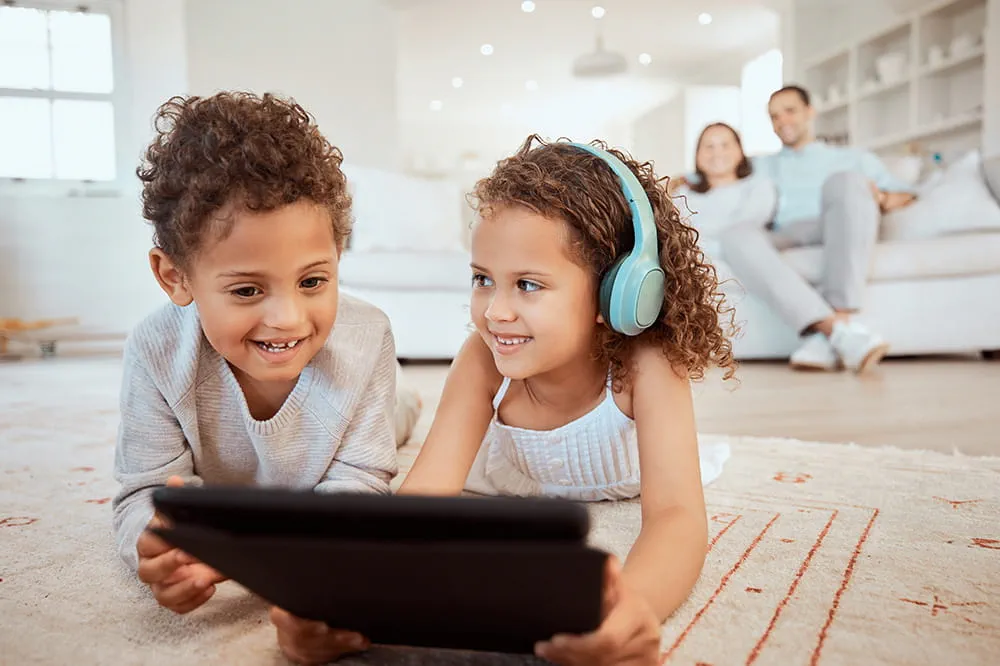
Looking for resources for your family?
Find health tips, patient stories, and news you can use to champion children.

Support from the comfort of your home.
Our flu resources and education information help parents and families provide effective care at home.
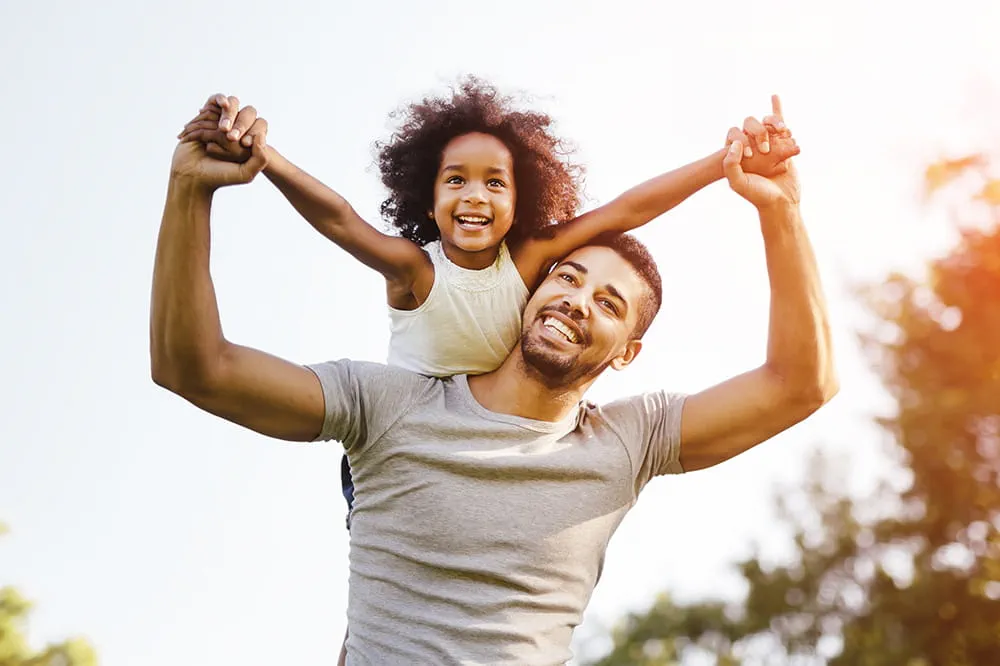
Children are at the center of everything we do.
We are dedicated to caring for children, allowing us to uniquely shape the landscape of pediatric care in Arkansas.
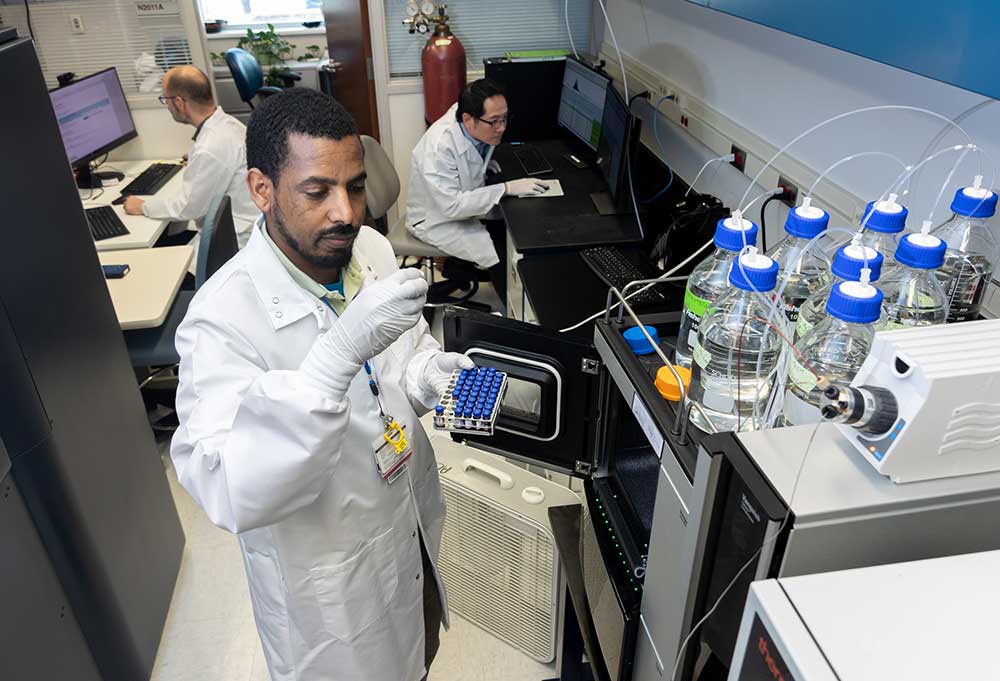
Transforming discovery to care.
Our researchers are driven by their limitless curiosity to discover new and better ways to make these children better today and healthier tomorrow.

We're focused on improving child health through exceptional patient care, groundbreaking research, continuing education, and outreach and prevention.
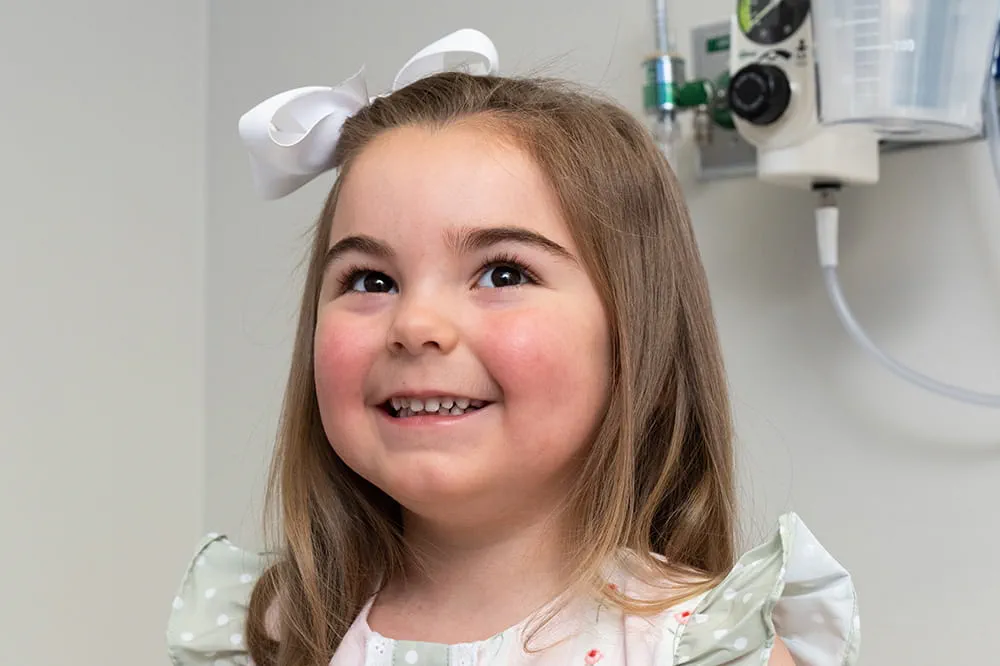
Then we're looking for you! Work at a place where you can change lives...including your own.
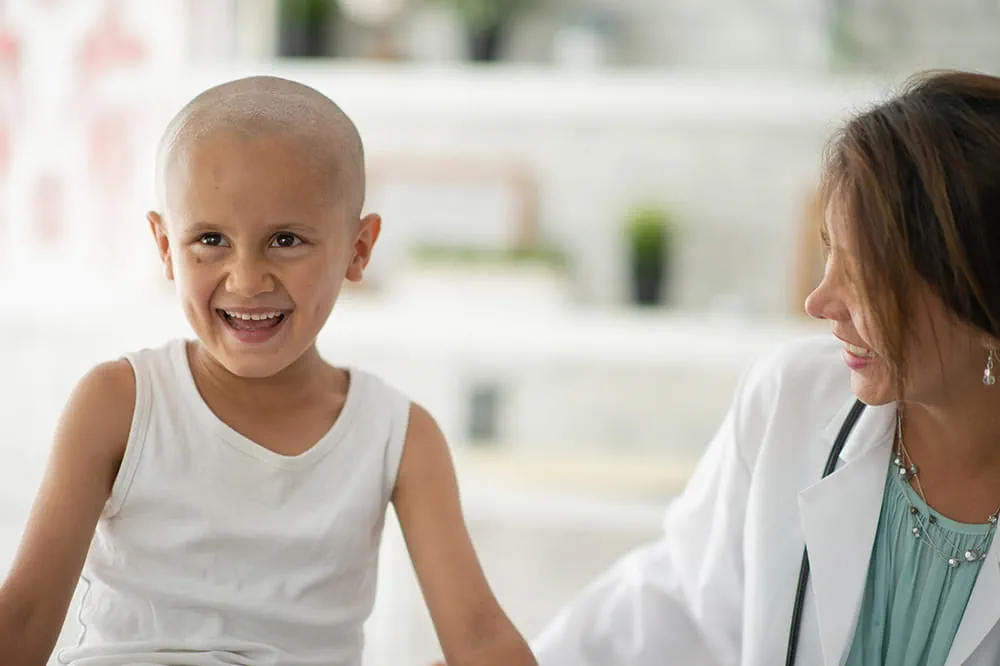
When you give to Arkansas Children's, you help deliver on our promise of a better today and a healthier tomorrow for the children of Arkansas and beyond
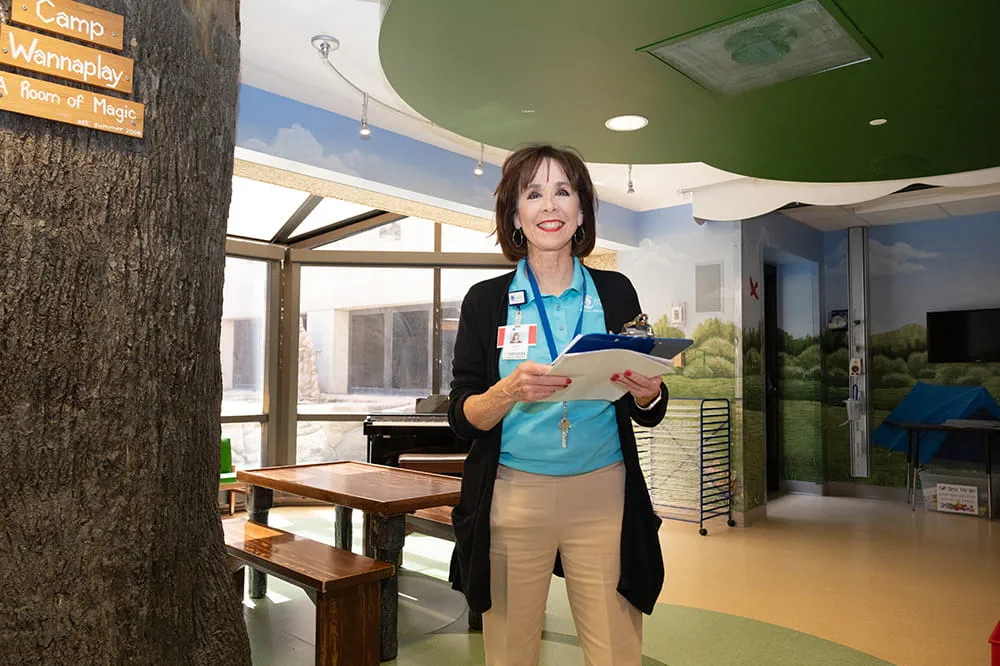
Become a volunteer at Arkansas Children's.
The gift of time is one of the most precious gifts you can give. You can make a difference in the life of a sick child.
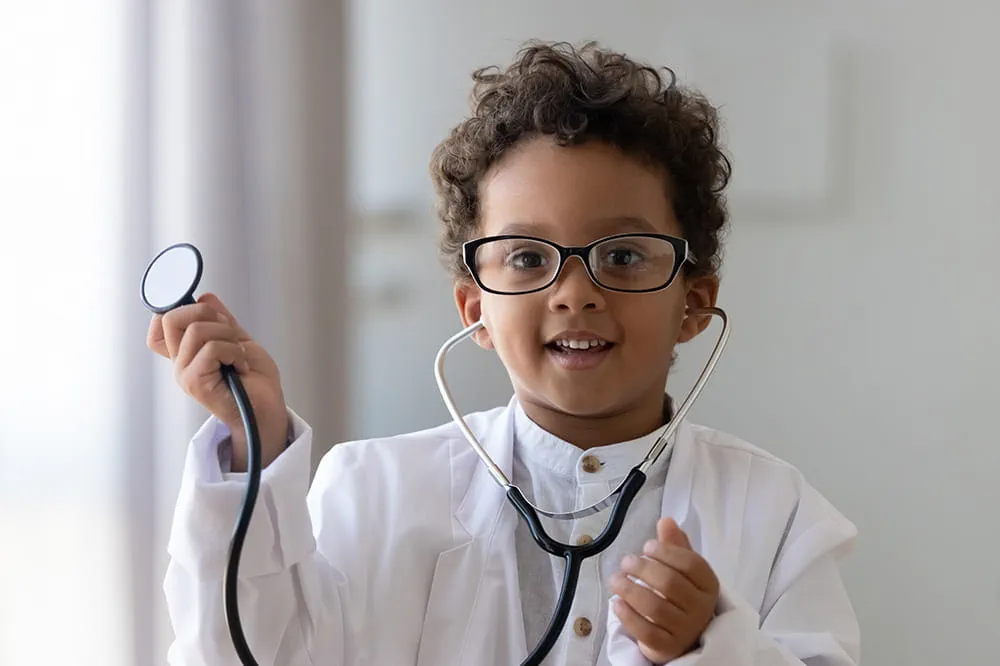
Join our Grassroots Organization
Support and participate in this advocacy effort on behalf of Arkansas’ youth and our organization.

Learn How We Transform Discovery to Care
Scientific discoveries lead us to new and better ways to care for children.

Learn How We Transform Discovery to Care
Scientific discoveries lead us to new and better ways to care for children.

Learn How We Transform Discovery to Care
Scientific discoveries lead us to new and better ways to care for children.

Learn How We Transform Discovery to Care
Scientific discoveries lead us to new and better ways to care for children.

Learn How We Transform Discovery to Care
Scientific discoveries lead us to new and better ways to care for children.

Learn How We Transform Discovery to Care
Scientific discoveries lead us to new and better ways to care for children.
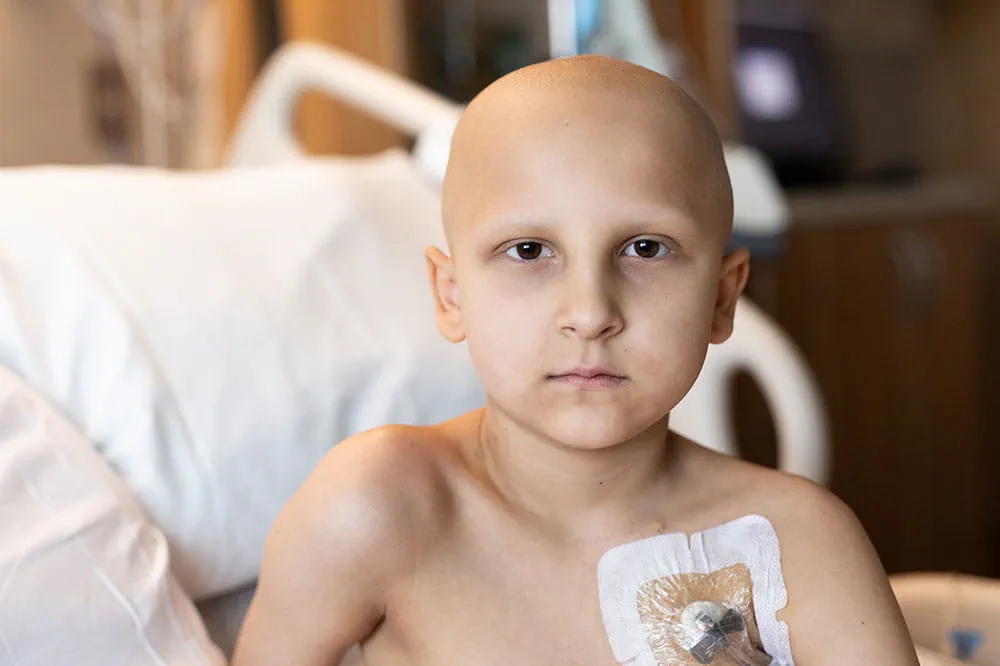
When you give to Arkansas Children’s, you help deliver on our promise of a better today and a healthier tomorrow for the children of Arkansas and beyond.
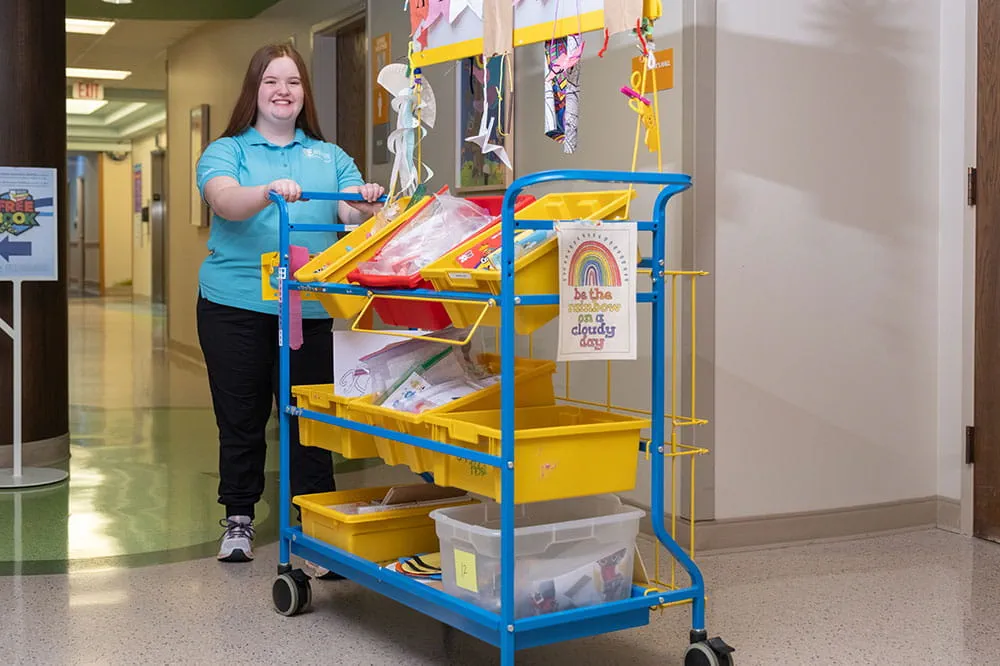
Your volunteer efforts are very important to Arkansas Children's. Consider additional ways to help our patients and families.
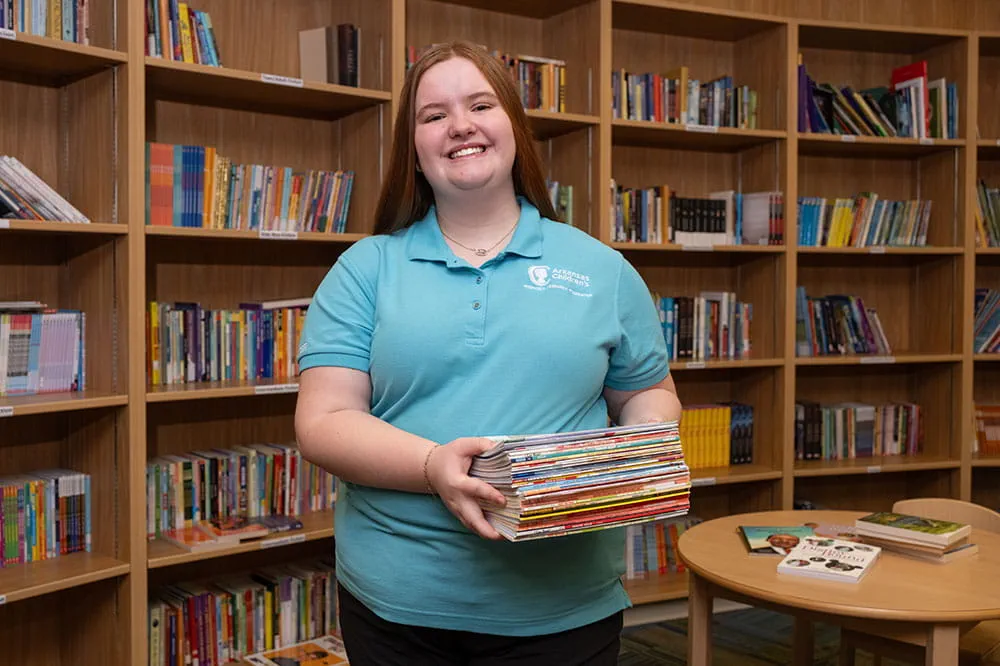
Join one of our volunteer groups.
There are many ways to get involved to champion children statewide.

Make a positive impact on children through philanthropy.
The generosity of our supporters allows Arkansas Children's to deliver on our promise of making children better today and a healthier tomorrow.
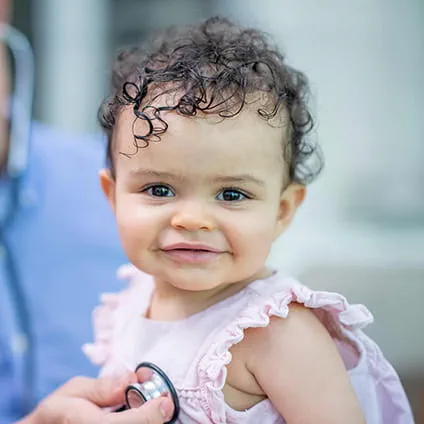
Read and watch heart-warming, inspirational stories from the patients of Arkansas Children’s.

Hello.

Arkansas Children's Hospital
General Information 501-364-1100
Arkansas Children's Northwest
General Information 479-725-6800

Scoliosis
What is scoliosis?
Scoliosis is when the spine is curved to the side instead of straight. A child with scoliosis may have a spine that is shaped like an "S" or a "C." The condition can range from mild to severe.
There are three main types of scoliosis.
- Idiopathic scoliosis is the most common type of spinal deformity.Idiopathic scoliosis most often develops around the time of puberty, but some children develop the condition earlier. Girls are more likely to need treatment for this type of scoliosis. This form of scoliosis makes the spine curve sideways, but what causes the condition is unknown. Children with idiopathic scoliosis are most often diagnosed between the ages of 10 and adulthood. In most cases, the condition is minor and often goes unnoticed, but the spinal curve can be more severe.
- Congenital scoliosis occurs when the bones of the spine (vertebrae) do not grow correctly during pregnancy. The baby’s bones may not be fully formed or may be fused together. It is the least common type of scoliosis.
- Neuromuscular scoliosis occurs when the child has another condition that affects the spine or the muscles around the spine. These include spina bifida, cerebral palsy or muscular dystrophy.
What are the signs and symptoms of scoliosis?
The symptoms of scoliosis can vary from one child to another. Some common symptoms in children include:
- Shoulders are not level
- Shoulder blades are not level, or one sticks out more
- Hips are not level
- Head is not centered over body
- One arm looks longer than the other when standing
What causes scoliosis?
The cause of scoliosis varies depending on the type your child has.
- Experts do not know what causes idiopathic scoliosis, but it can run in families.
- Congenital scoliosis occurs when the spine doesn't develop correctly in early pregnancy. Experts don't know why this happens to some babies.
- Neuromuscular scoliosis can occur when a child has a condition that affects the muscles around the spine, such as spina bifida, cerebral palsy or muscular dystrophy.
- Other medical conditions can also cause scoliosis, such as spine tumors and connective tissue disorders.
How is scoliosis treated?
Your child's treatment for a scoliosis will depend on which type they have, their age and how severe their symptoms are. Your care team at Arkansas Children's is experienced in treating scoliosis and will work with you to create the best treatment plan for your child. Treatment options may include:
- Observation. If your child has a mild curve, your provider may opt to have regular visits with your child to make sure it does not get worse.
- Bracing. If your child’s scoliosis is moderate or getting worse, the provider may recommend a brace to help straighten the spine and keep the curve from getting worse.
- Surgery. If the scoliosis is severe of if other treatments don’t work, your child may need surgery to help straighten the spine. The most common type is spinal fusion surgery.
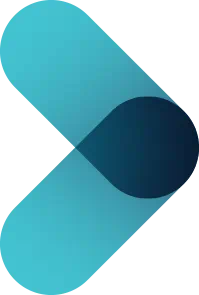
Appointments
New and existing patients can visit our appointment hub for several ways to request an appointment, including online scheduling for many services.
Request an appointment
